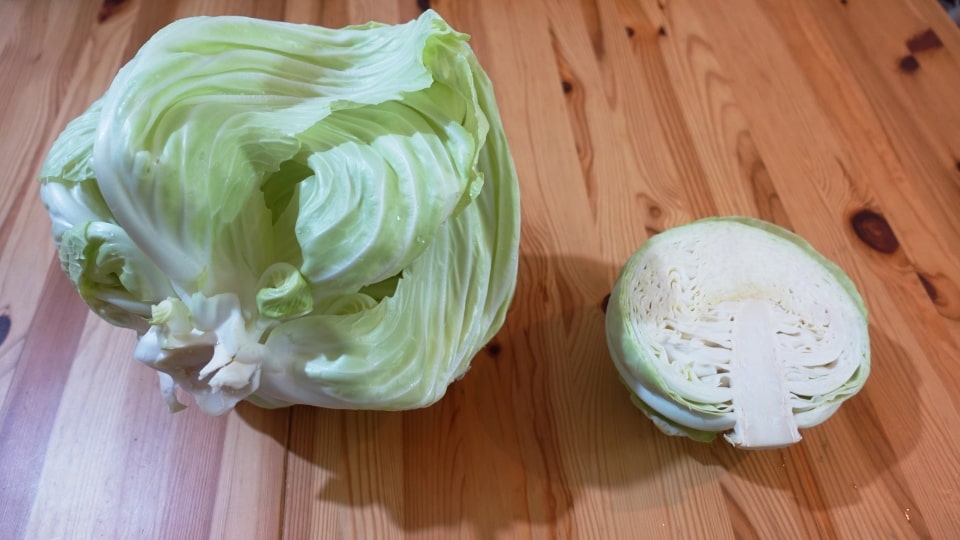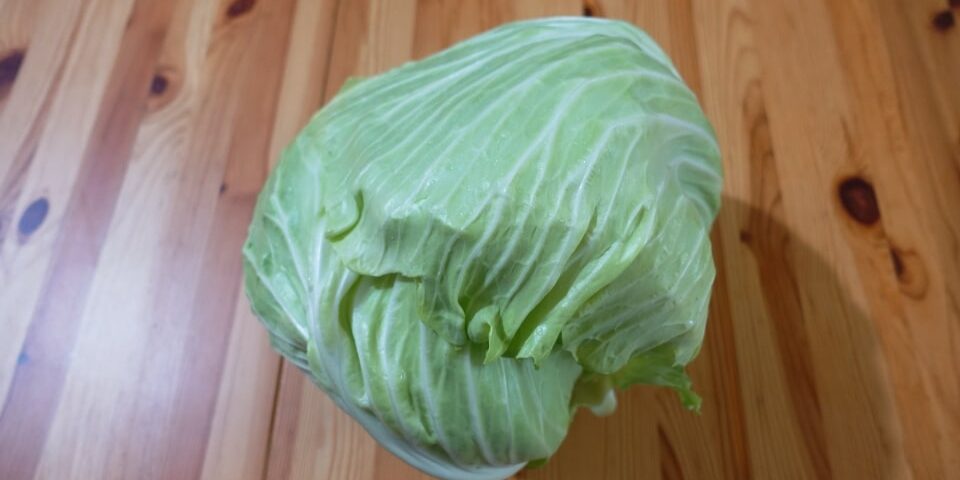Villages and areas of Crete which are famous for their products
22 March 2021The roads of Crete
5 June 2021
The cabbages of Agia Varvara
Agia Varvara is a large village of Crete that is geographically located in the center of the island, on the ridge that separates the north from the south of Crete, at the eastern foothills of the mountains of Ida with an altitude of 550 to 650 meters. Due to its location the area receives a lot of rainfall and there are many springs.
Indeed, it often rains in Agia Barbara and I found that out while looking for places with good weather for my cycling trips in the prefecture of Heraklion. When we have bad weather and South wind, the bad weather hits Messara, while with North wind, hits the area of Heraklion. Agia Varvara due to its location on the ridge that divides the prefecture of Heraklion into northern and southern parts has bad weather in all conditions.
Therefore, the existence of water and the altitude has favored the cultivation of vegetables in Agia Varvara and the residents have been professionally engaged in gardens and the trade of vegetables since long ago, long before drillings was done in Messara and in other areas of Crete that produce vegetables today.
A characteristic of the village are the katapotes, small irrigation canals 30-40 cm wide, to carry the water to the orchards. However, these sinks are limited to the lower (northern) part of the village where there was a spring with running water called "Mati". In the upper part of the village there were wells. The water from Mati used to be allowed to go to Saint Thomas village one day a week, every Thursday (today the canals are not used).
In Agia Varvara, they produce all kinds of vegetables and all of them are delicious and of excellent quality, but the most famous of all is the cabbage, the Agiovarvaritiko lachano (Agia varvara gabbage). Today, two types of cabbage are cultivated in the village, the hard ones that are good for salads and the fluffy ones that are ideal for making cabbage dumplings. The hard cabbages or the German as the villagers call them are grown only in recent years, earlier they only had the fluffy ones. Most of the cabbages are sold in shops in the local market of Heraklion and in recent years also in Athens. Typical is the image with the stalls set up by the producers outside their houses to sell their vegetables and especially the cabbages, and always with a raki.
So great is the preoccupation of the Agia Varbara people with cabbages that they have terminologies for all parts of the plant as well as for the different stages that the cabbage goes through until it matures. Thus we have:
Fylada
The cabbage is formed but not very ripe. It has a darker green color and if we press it from above it is soft and retreats towards the center. We make salads with the Fylades after boiling them like boiled greens.
Lachanofylada
Like the Fylada it is still soft but a little more mature and a little lighter in color. It is cooked in the same way as Fylada.
Lachano (cabbage)
The king of Dolmades (cabbage dumplings). Cabbage is more mature and a little harder. Inside, it is hollow. It shouldn't be too ripe so the leaves don't fall off. If the cabbage ripens a little more, it is not good for dolmades, but it is amazing to eat it raw, cut into large pieces with lemon and salt.
Tsimoulia
Tsimouli are the small cabbage bunches of leaves (green in color) that jump out from the place where we cut the cabbage. With olive oil, salt and lemon they make an excellent salad if we boil them. Also famous in Agia Varvara is the omelette with Tsimoulia.
Goula
The part of the trunk just below the cabbage. If it is cut and cleaned It, is an excellent meze and accompanying raki.
Cabbage in Agia Varvara is an integral part of all social events and is never missing from the table as an excellent accompaniment to raki and wine, but not chopped salad but cut into large slices with plenty of lemon and salt. A characteristic of the weddings that used to take place in Agia Varvara (before the custom of wedding sugar almonds came) was that the guests in the church were treated to a bun with roasted lamb and immediately afterwards came the cabbage cut into slices with plenty of lemon and salt. It was so delicious that guests ditched the meat for the cool and delicious meze.
In the photos above you can see the differences between a Agias Varvaras cabbage (left) and a common salad cabbage (right)
















